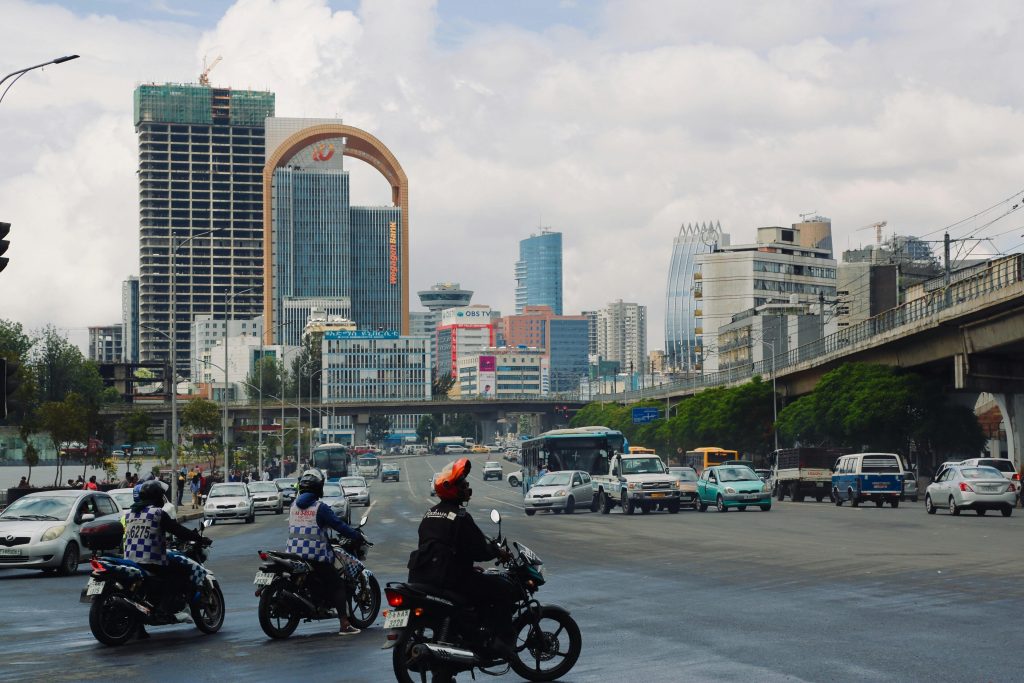
Urbanization and Real Estate: Opportunities in Africa’s urban dynamics.
Written by: Emmanuel Atogwe
Intercontinental trends of urbanization are affecting Africa, with its urban share projected to triple by 2050. This presents challenges such as overdependence on existing infrastructure and housing inadequacies but also opens opportunities for the development of real estate and urbanization. City expansion drives the demand for housing, commercial real estate, and infrastructure, reshaping the continent’s urbanization patterns.
FACTORS IMPACTING URBANIZATION
Like other continents, Africa is experiencing rapid urbanization for several reasons. One significant factor is rural-to-urban migration, driven by people seeking better jobs, education, and healthcare in towns and cities. In addition to population movement, economic evolution has contributed to urbanization, with cities becoming centers for business, information, and technology. Countries such as Nigeria, Kenya, and South Africa are witnessing a rise in middle-class migration to urban areas due to higher earnings. Furthermore, better policies and development plans from relevant stakeholders are accelerating this urban growth.
OPPORTUNITIES IN REAL ESTATE AND HOUSING
Urbanization has sparked a surge in housing demand across the continent. For instance, Nigeria faces a housing deficit of over 17 million units, while Kenya’s deficit stands at 2 million. This creates significant opportunities for real estate developers and investors, especially in the affordable housing sector, which remains the largest market. Governments and private sectors are working together to bridge the housing gap, exemplified by Kenya’s affordable housing program aimed at constructing 500,000 homes.
At the same time, the middle- and high-income housing markets are also expanding, with growing demand for modern urban homes. Although mortgage markets in many African countries remain underdeveloped, emerging trends suggest a future increase in homeownership for both living and investment purposes.
GROWTH IN COMMERCIAL REAL ESTATE
Commercial real estate is growing alongside the residential property market. As urban populations increase, so does the demand for office space, retail space, hotels, and industrial spaces. Cities like Nairobi, Lagos, and Johannesburg have become business hubs, attracting multinational companies. There is a growing trend toward comprehensive developments that integrate residential, commercial, and recreational areas to meet the needs of urban populations.
With the rise of e-commerce, the demand for logistics and warehousing facilities is also increasing. Cities such as Nairobi and Accra are seeing more industrial property development as companies expand their distribution centers to serve the growing online market.
INFRASTRUCTURE AND URBAN DEVELOPMENT
Africa’s rapid urbanization necessitates a more reliable built environment. Urban growth also brings challenges such as transportation, energy, water provisioning, and waste management. However, these challenges also present considerable opportunities for infrastructure development, as improving urban systems has become a priority for both governments and external financiers. Projects like Kenya’s Standard Gauge Railway and Nigeria’s Lagos-Ibadan Expressway illustrate the efforts to enhance interconnectivity and business activity.
As cities grow, urban planning is increasingly important. Governments are adopting holistic urban development policies that incorporate smart growth and sustainable development principles. Vision City in Rwanda and Appolonia City in Ghana are compelling examples of modern urban planning, showing how African cities are transforming to attract more investment and support sustainable growth.
CHALLENGES AND THE WAY FORWARD
Despite these prospects, the lack of sufficient funding remains a significant challenge, particularly for low-income families and developers of mega projects. Beyond improving slums and informal settlements, it is essential to adopt a vision that addresses the housing needs of all economic classes. While construction continues despite these challenges, fostering development partnerships remains critical. Public-private partnerships, such as those under the Millennium Development Goals framework, provide one solution to creating more affordable housing, inclusive infrastructure, and urban development projects.
CONCLUSION
Africa’s rapidly growing cities offer significant opportunities for real estate development and infrastructure improvement. The increasing demand for housing, commercial centers, and civic amenities creates new niches for investors and developers. With intelligent urban design and effective cooperation, African cities can become vibrant, prosperous hubs that drive long-term economic growth for future generations.
References
- United Nations Department of Economic and Social Affairs (UN DESA). (2018). World Urbanization Prospects: The 2018 Revision. Retrieved from https://population.un.org/wup/
- African Development Bank. (2019). Housing Market Dynamics in Africa: An Overview of Key Trends. Retrieved from https://www.afdb.org/
- McKinsey & Company. (2020). Africa’s Cities: Realizing the Potential for Economic Growth. Retrieved from https://www.mckinsey.com/
- World Bank. (2021). Urbanization in Africa: Trends, Promises, and Challenges. Retrieved from https://www.worldbank.org/
- Knight Frank. (2020). Africa Report 2020/21: Real Estate Markets in a Continent of Opportunity. Retrieved from https://www.knightfrank.com/
- PWC. (2019). Real Estate: Building the Future of Africa. Retrieved from https://www.pwc.com/